By Tiana Quitugua, Seattle University Project on Family Homelessness
I sit eagerly in the audience watching a popular TV show host and her guest chat while the stage crew makes tweaks to the set and cameras get into position. A voice over the studio intercom booms, “rolling in 5, 4, 3…”
Talk shows like New Day Northwest, hosted by Margaret Larson, are a powerful medium for advocacy. Watching the taping was an exciting experience I will never forget. Being an audience member was so much fun, and I even left with a bag full of giveaways!

What better way to reach large audiences than on TV? Communication expert Whitney Keyes says TV talk shows can also give individuals or organizations credibility. However, it’s very competitive to get on a show like New Day Northwest.
Meet the Pro

Whitney Keyes was a guest on New Day Northwest March 6, 2014, for International Women’s Day. New Day Northwest airs weekdays at 11 a.m. (PST) on Seattle’s KING 5 TV. You can see the segment with Whitney’s advice for women entrepreneurs here.
Whitney is the winner of the Small Business Administration’s 2013 Women in Business Champion of the Year Award for Washington State and author of the book, Propel: Five Ways to Amp Up Your Marketing and Accelerate Business. She received three grants from the U.S. State Department to empower women leaders, social entrepreneurs, NGOs and youth in Malaysia, as well as in the African countries of Namibia and Kenya.

I sat down with Whitney over coffee to talk about her experience with New Day Northwest and other TV shows, and the best ways to approach them.
Know Your Audience
First, you need to be very aware of your audience. When preparing your goals and messages, think about how they will resonate with the audience. Whitney did research on New Day Northwest and found that their audience is mostly stay-at-home women. She decided not to focus on corporate America, instead tailoring messages to women at home and in general. She focused on what she calls the three C’s: keeping your messages clear, concise and compelling.
And be sure to watch or listen to the show, so you understand its content, timing and tone.

Book Me, Book Me!
Find out who books or schedules guests for the shows. Often it’s a producer who makes all of the decisions. Make sure your pitch has a special, newsworthy angle that makes you current and interesting. Sometimes it’s your personal story or a newsworthy event. Shows are looking for an expert or an average person to tell the story. Build your brand as an expert by promoting your public speaking, book or other activities. Be a local expert and get people talking in papers, magazines and blogs.
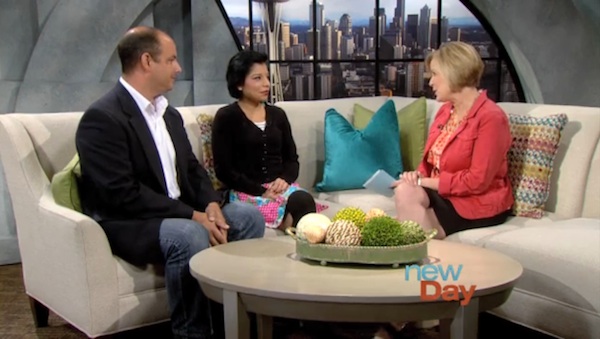
Personalize the Story
If the topic is a social-justice cause, the show will probably want to talk to someone with personal experience — a different type of real-world expert, like a person who has been homeless.
Whitney gives an example of Dress for Success, a program associated with the YWCA that promotes the economic independence of disadvantaged women by providing professional attire, a network of support and career development. She was on the executive board and had an opportunity to be a media spokesperson, but decided that the women in the program would tell the story more compellingly.
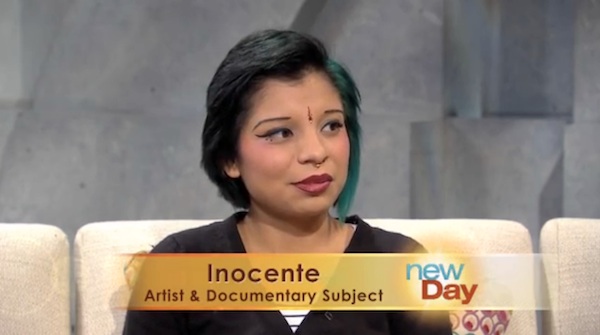
Stand Out
Whitney says that like most producers, the producer for New Day Northwest receives a large number of promotional calls and email pitches daily. If the producer is bombarded with emails, how are you going to get his or her attention? This is where you get really creative and become an investigator.
- Follow their guidelines. If their site says fill out a form or email, do it. You can always pick up the phone and follow up.
- Timing is crucial. If you’re trying to pitch a busy morning producer, you’ll have a better chance of reaching them in the afternoon.
- Be tenacious and resourceful. If it fits your story, send a kit or package. When Whitney worked with Get Hitched Give Hope, a fun bridal auction gala that raises money for various causes, they weren’t getting picked up by the media until they went into newsrooms with confetti guns. This tactic worked because it was in line with their brand and message they were trying to convey.
How to Be Interviewed
Whitney recommends treating a talk-show appearance like a job interview. Look your best, be confident, anticipate questions and write responses. For TV, your physical appearance is very important. Whitney says to study the host. She did some research on Margaret Larson and dressed professionally because Margaret always does.
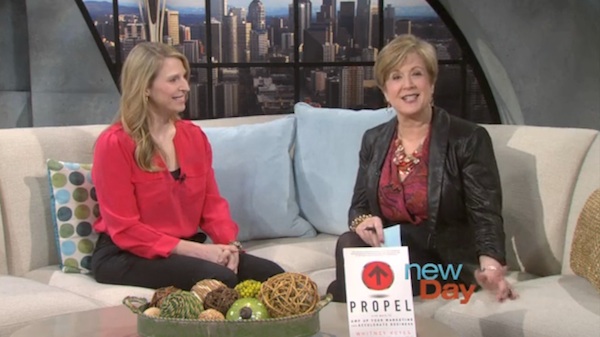
Shows will often ask if you have a video clip or photo of you or your organization in action that can be run on the show. Some shows will tell you what you’re going to be talking about and sometimes they won’t. You have to anticipate anything and prepare your talking points. Shows will also give you on-stage directions ahead of time: look at the host, ignore the audience, don’t look at the camera, etc. They want you be successful.
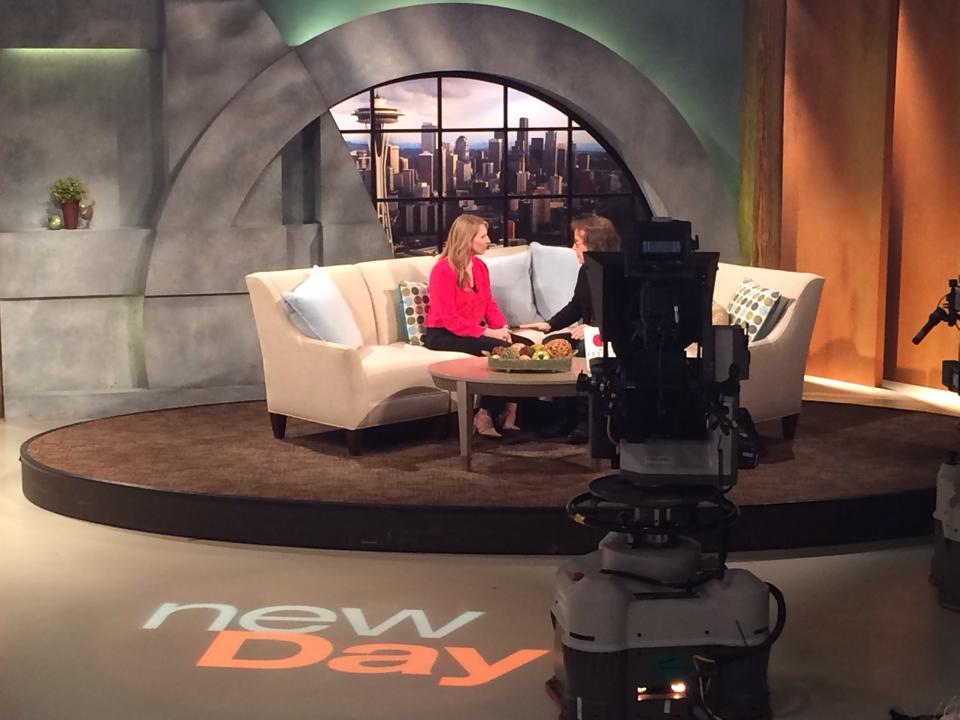
After the Show
After the interview, be sure to thank the producer and host. Share the segment via your social media outlets and other communication tools like your website and newsletter. Look back and learn through constructive criticism. Did I stay on message? Was it effective? You can also go back and pitch the same producer later on another topic.
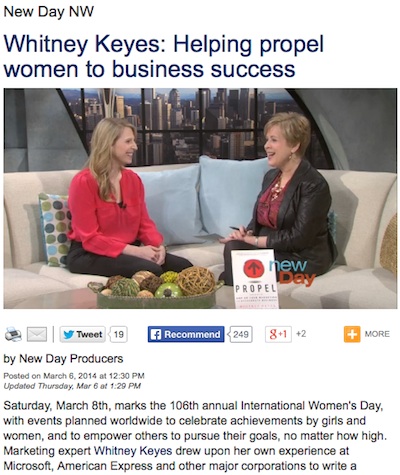
Five Things to Remember
Whitney’s five principles to propel your communication and advocacy efforts are:
1. Strategy: Make sure to stay focused on your organization’s vision and goals.
2. Story: Remain focused on your brand message and story. Advocacy organizations may have great stories about volunteers, fundraisers or positive change. What is the one story you want to pitch that best fits the media outlet’s goals and yours?
3. Strength: Always look for ways to strengthen your efforts. Your media outlets will extend your reach and strengthen your story. Teaming up with others can also help. If your group is focused on supporting young women, collaborate with them to bring them onto the show to tell that story together.
4. Simplicity: Keep everything super simple, from the pitch to using the interview after the show.
5. Speed: Get out there and do this quickly. Sometimes people don’t follow through with their pitch because they are too scared. You may get rejected or won’t hear back, but quickly move on and try something different. You can always make another pitch.
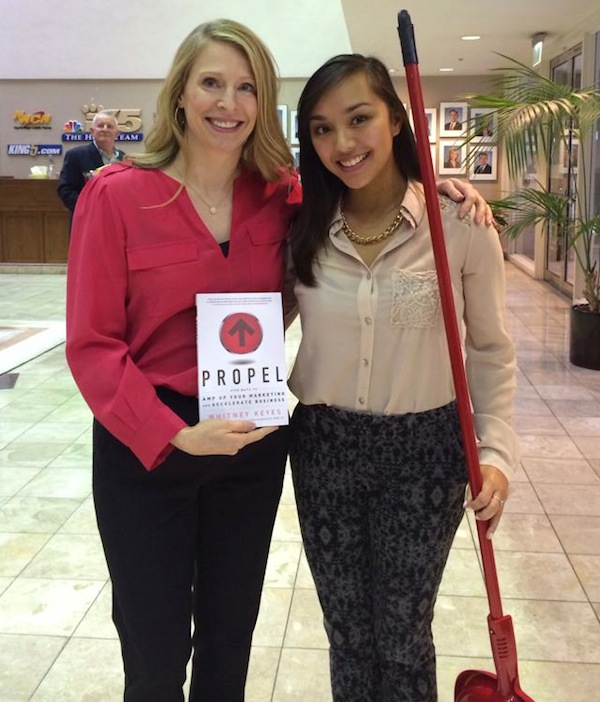
You can create positive change through TV advocacy. Use these tips and tell your story on TV like a pro!